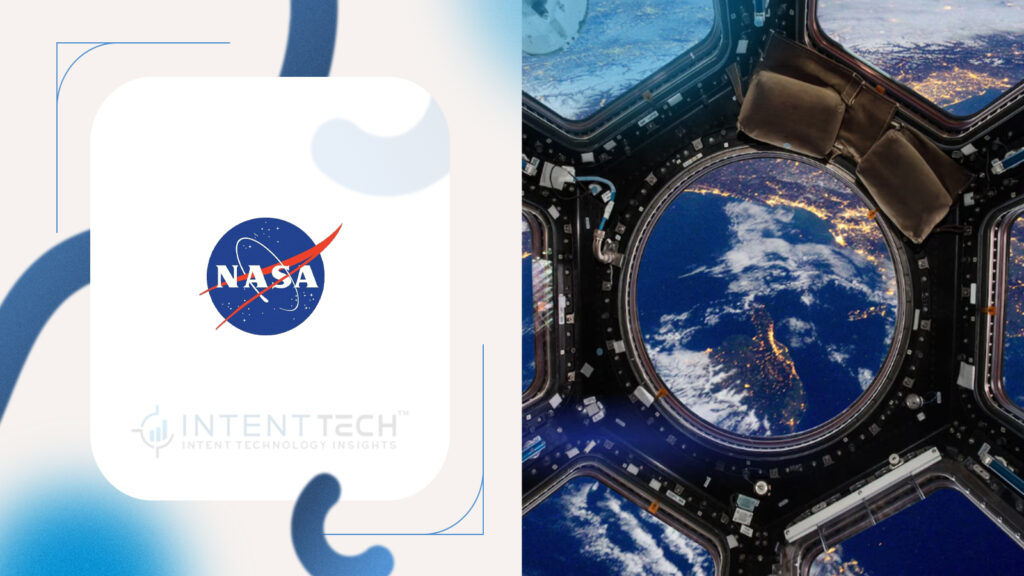or call: +1 (845) 347-8894

or call: +1 (845) 347-8894

While attending the Paris Air Show June 16, NASA acting Administrator Janet Petro signed an agreement with DLR (German Aerospace Center, or Deutsches Zentrum für Luft- und Raumfahrt) to continue a partnership in space medicine research. This renewed collaboration builds on previous radiation mitigation efforts for human spaceflight. As NASA advances the Trump-Vance Administration’s goals for exploration on the Moon and Mars, minimizing exposure to space radiation is one of the key areas the agency is working to protect crew on long duration missions.
With this agreement, DLR will leverage its human spaceflight expertise and provide new radiation sensors aboard the Orion spacecraft during NASA’s Artemis II mission, building on previous work in this area during the Artemis I mission. Scheduled for launch no later than April 2026, Artemis II will mark the first test flight with crew under Artemis.
Top IntentTech News: Pocket Storage and Forum Launch Tech-Enabled Urban Storage
“In keeping with the historic agreements NASA has made with international partners as a part of Artemis, I am pleased to sign a new NASA-DLR joint agreement today, to enable radiation research aboard Artemis II,” said acting NASA Administrator Janet Petro. “The German Aerospace Center has been a valuable partner in Artemis, having previously worked with NASA to test technology critical to our understanding of radiation on humans aboard an Orion spacecraft on Artemis I and providing a CubeSat as part of Artemis II. Following a productive meeting between President Trump and German Chancellor Merz earlier this month, I am excited to build upon our great partnership with Germany.”
During the Artemis II mission’s planned 10-day journey around the Moon and back, four of DLR’s newly developed M-42 extended (M-42 EXT) radiation detectors will be on board, contributing vital data to support astronaut safety. This next-generation device represents a new phase of research as NASA and DLR continue working together to safeguard human health in space.
Top IntentTech News: Acer Unveils Nitro GPUs with AMD & Intel Power
Under the leadership of President Trump, America’s Artemis campaign has reignited NASA’s ambition, sparking international cooperation and cutting-edge innovation. The continued partnership with DLR and the deployment of their advanced M-42 EXT radiation detectors aboard Artemis II exemplifies how the Trump-Vance Administration is leading a Golden Era of Exploration and Innovation that puts American astronauts on the path to the Moon, Mars, and beyond.
“To develop effective protective measures against the impact of space radiation on the human body, comprehensive and coherent radiation measurements in open space are essential,” says Anke Pagels-Kerp, divisional board member for space at DLR. “At the end of 2022, Artemis I carried 12,000 passive and 16 active detectors inside the Helga and Zohar mannequins, which flew aboard the Orion spacecraft as part of DLR’s MARE project. These provided a valuable dataset – the first continuous radiation measurements ever recorded beyond low Earth orbit. We are now excited to take the next step together with NASA and send our upgraded radiation detectors around the Moon on the Artemis II mission.”
Through the Artemis campaign, the agency will establish a long-term presence on the Moon for scientific exploration with our commercial and international partners, learn how to live and work away from home, and prepare for future human exploration of Mars.
Top IntentTech News: WeatherSTEM Advances Beach Safety Tools
To participate in our interviews, please write to our IntentTech Media Room at sudipto@intentamplify.com
Source – PR Newswire
